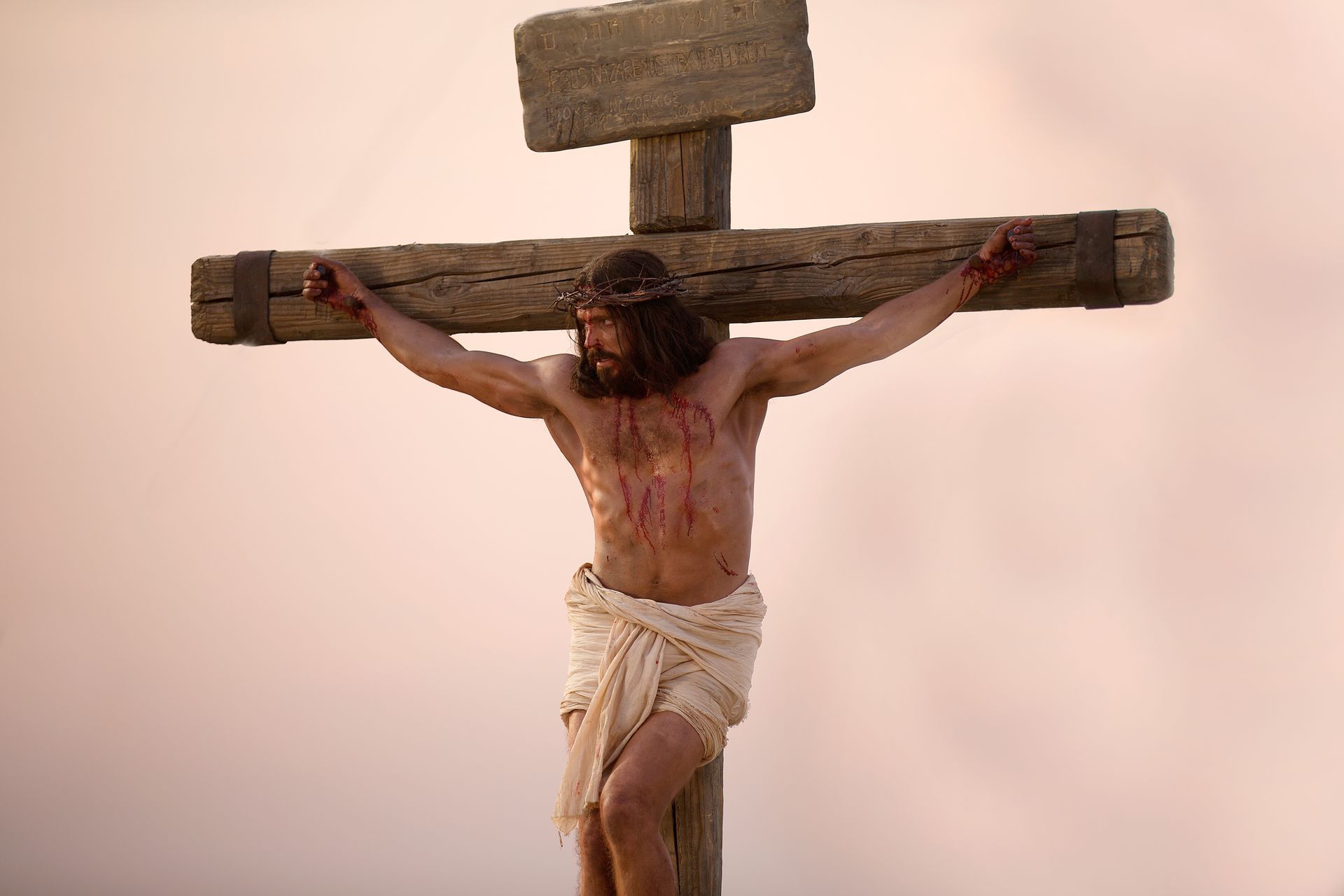Evidence #472 | November 26, 2024
Book of Mormon Evidence: Christ's Wounded Side
Post contributed by
Scripture Central

Abstract
When describing Christ’s resurrected ministry to the Nephites, the Book of Mormon places an unusual emphasis on the wound in Christ’s side. This may reflect an ancient Mesoamerican context where human sacrifice commonly involved an incision under the rib cage.On several occasions, the Book of Mormon directly mentions human sacrifice. For instance, Mormon stated that the Lamanites “did take many prisoners both women and children, and did offer them up as sacrifices unto their idol gods” (Mormon 4:14).1 Other passages are less explicit but may contain allusions to this same sacrificial context. One possible example comes from Christ’s resurrected appearance among the Nephites.

According to Mormon, when the Nephites first “saw a Man descending out of heaven,” they “wist not what it meant, for they thought it was an angel that had appeared unto them” (3 Nephi 11:8). To reveal his identity, Jesus declared, “Arise and come forth unto me, that ye may thrust your hands into my side, and also that ye may feel the prints of the nails in my hands and in my feet, that ye may know that I am the God of Israel, and the God of the whole earth, and have been slain for the sins of the world” (3 Nephi 11:14).
Interestingly, the sequence of this description—with Christ first mentioning his wounded side and second describing the prints of the nails—is reversed in the New Testament. After appearing to Thomas, Jesus declared, “Reach hither thy finger, and behold my hands; and reach hither thy hand, and thrust it into my side (John 20:27, cf. 19:34; 20:19–20). The side wound isn’t mentioned at all in other related New Testament passages.2
“To a people steeped in Mesoamerican culture,” writes Mesoamerican scholar Mark Wright, “the sign that a person had been ritually sacrificed would have been an incision on their side—suggesting they had had their hearts removed.”3 Brant Gardner adds that the difference between these accounts “was not simply in the type of wounds but in the way the wounds defined the person.”4 He continues,
In Jerusalem, Jesus’s disciples had witnessed his hands and feet nailed to a cross as he suffered and died before them. What they needed to know following his resurrection was that the very Jesus they had seen crucified was now the man standing before them …. In Bountiful, the people knew that a heavenly being had descended. What they needed to know was that this glorious being before them had once died as a sacrifice. Marks in the hands and feet would not show them that, as they did not have crucifixion as a form of torture and death to give those marks meaning. The killing wound in the side, however, would, signifying his sacrificial death and atoning mission.5
While some of the Nephites may have been aware of earlier prophecies that Christ would be crucified, the precise manner of that execution may not have been fully clear to them.6 As proposed by Gardner, “They would understand the wounds in the palms and feet as some form of humiliating torture—though not one that they practiced.”7 In contrast, the wound in Christ’s side would likely have been viewed as a clear sign that Jesus was once dead but was now alive, identifying him as the “infinite and eternal sacrifice” spoken of by past prophets like Amulek (Alma 34:10).

Conclusion
According to the prophet Nephi, “The Lord God … speaketh unto men according to their language, unto their understanding” (2 Nephi 31:3). Christ’s unique emphasis on his wounded side in an ancient American context may be an example of divinely tailored adaptation. As pointed out by Wright, “Cultural context directly impacts the way people interpret manifestations of the divine.”8
Little was known about ancient American civilizations in Joseph Smith’s day, and he surely couldn’t have known about the long history of human sacrifice among Mesoamerican cultures. It’s true that eyewitness Spanish accounts of human sacrifice were potentially accessible, but how much Smith would have known of these Spanish records in early 19th-centry America is an open question.
While it is impossible to prove what he knew or may have reasonably guessed about this matter in 1829, it can’t be denied that this aspect of the Book of Mormon fits remarkably well in an ancient American context. Its subtlety is also notable. It’s the type of detail that many readers overlook, but which, upon further reflection, seems to be filled with cultural significance.
Mark Alan Wright, “Axes Mundi: Ritual Complexes in Mesoamerica and the Book of Mormon,” Interpreter: A Journal of Latter-day Saint Faith and Scholarship 46 (2021): 239–241.
Brant A. Gardner, Engraven upon Plates, Printed upon Paper: Textual and Narrative Structures of the Book of Mormon (Greg Kofford Books, 2023).
- 1. Though this is the first time human sacrifice is so directly brought up in the text, it likely is not the first time the Nephites were brought face-to-face with this horrible practice. See Scripture Central, “Book of Mormon Evidence: Sacrifices and Cannibalism,” Evidence 16 (September 18, 2020); Scripture Central, “Book of Mormon Evidence: Auto-Sacrifice,” Evidence 238 (September 12, 2021).
- 2. “Jesus met them, saying, All hail. And they came and held him by the feet, and worshipped him” (Matthew 28:9); “Behold my hands and my feet, that it is I myself: handle me, and see” (Luke 24:39).
- 3. Mark Alan Wright, “Axes Mundi: Ritual Complexes in Mesoamerica and the Book of Mormon,” Interpreter: A Journal of Latter-day Saint Faith and Scholarship 46 (2021): 241.
- 4. Brant A. Gardner, Engraven upon Plates, Printed upon Paper: Textual and Narrative Structures of the Book of Mormon (Greg Kofford Books, 2023), 200.
- 5. Gardner, Engraven upon Plates, 200.
- 6. See Scripture Central, “Book of Mormon Evidence: Pre-Roman Crucifixion,” Evidence 449 (May 29, 2024).
- 7. Gardner, Engraven upon Plates, 200.
- 8. Wright, “Axes Mundi,” 240.